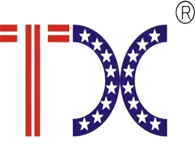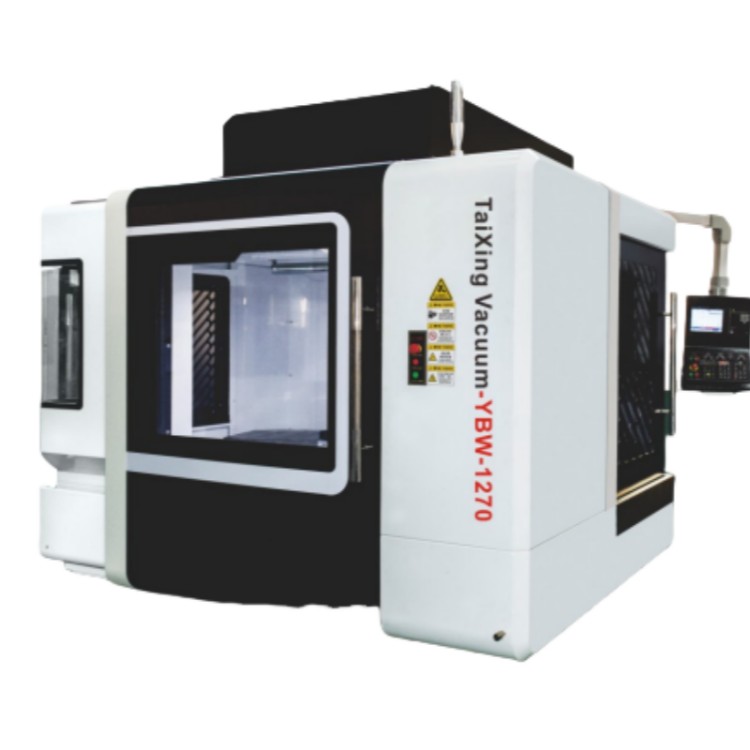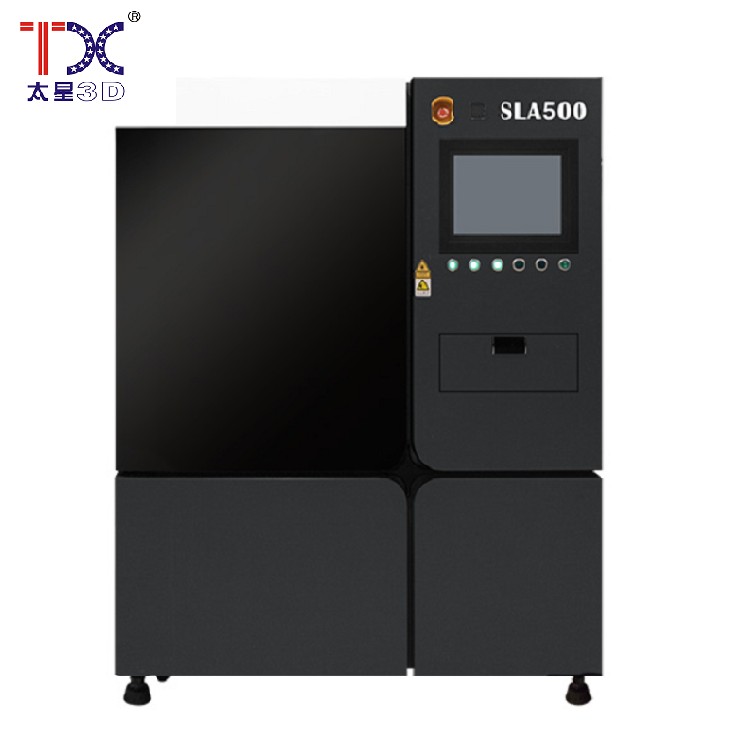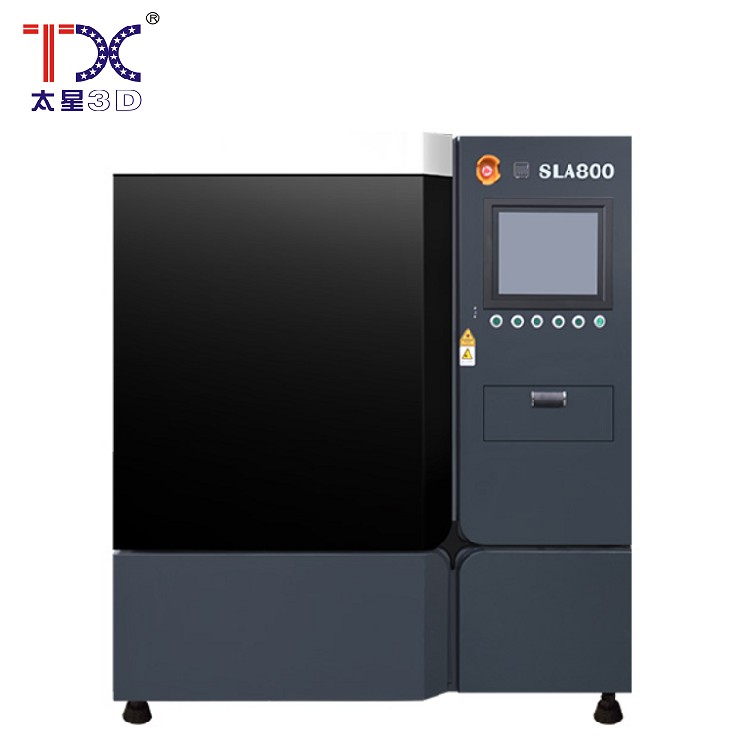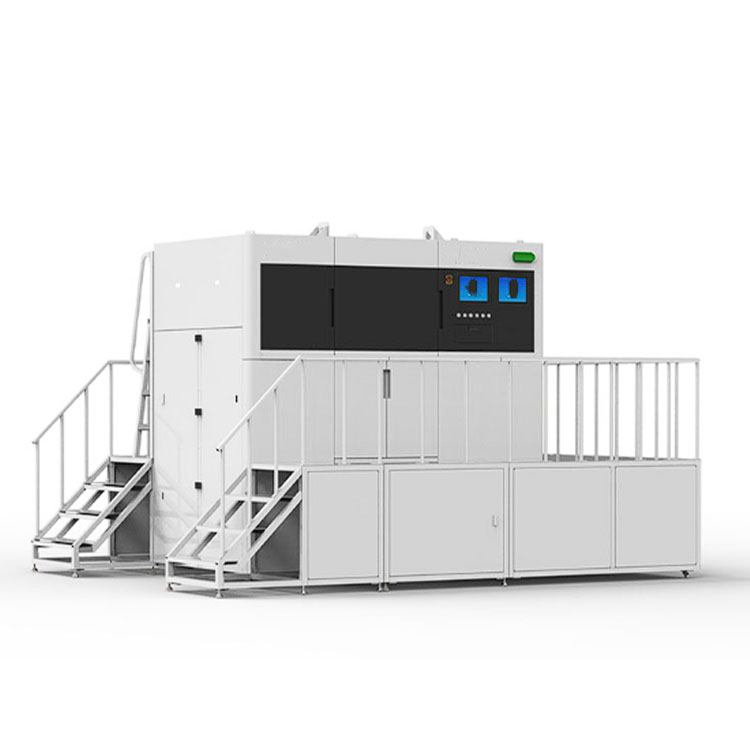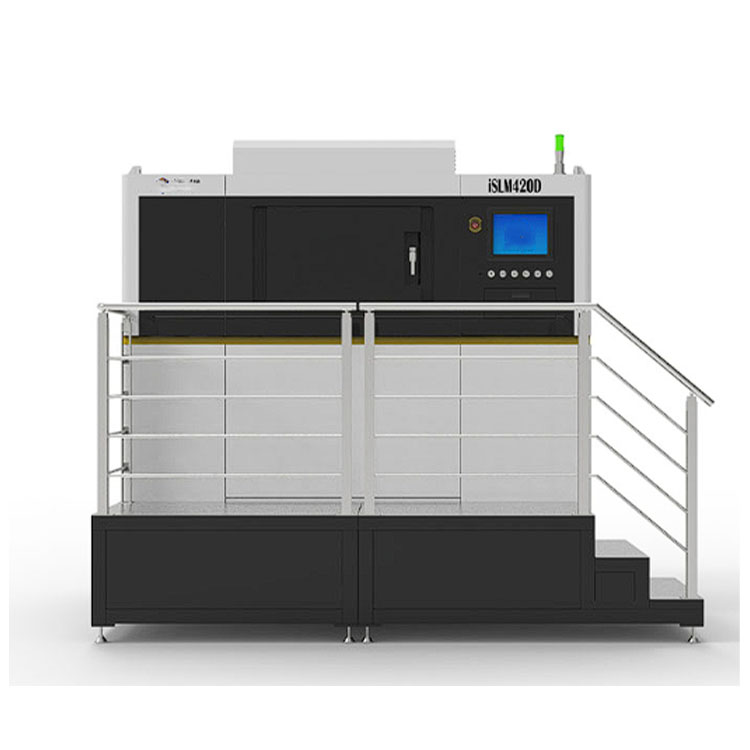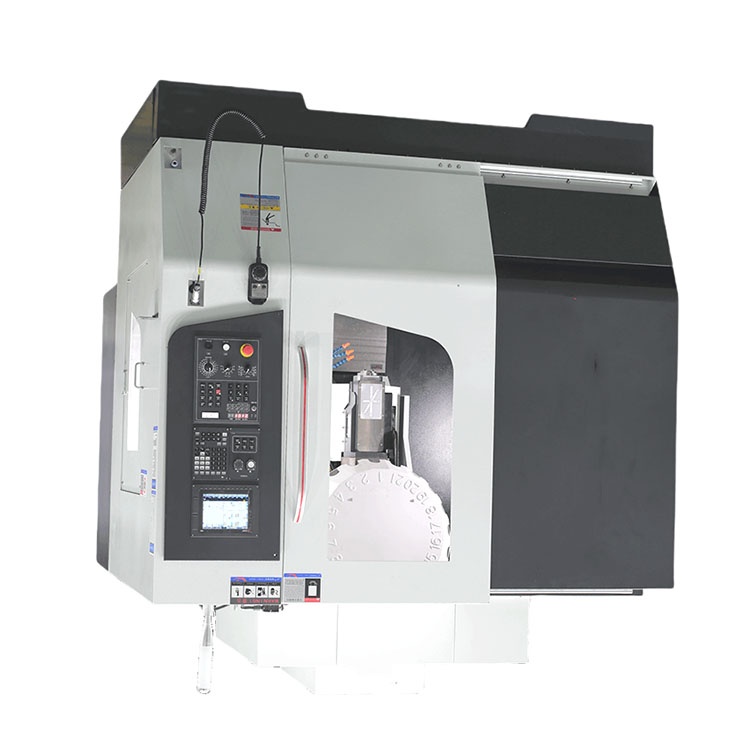
Cultural and creative 3D pure
Cultural and creative 3D pure
3D printing is not just a technology of the future, it is already a tool that penetrates into all spheres of life, including culture and creativity. It allows you to create unique objects, implement complex design solutions and even experience the story in a new way. Imagine the opportunity to create your own sculpture, decorate the house with exclusive accessories or recreate the artifact of the past without leaving home.
Creation of art objects and works of art
3D printing opens unlimited opportunities for artists and designers. Now you can create complex, detailed sculptures, exclusive jewelry, unique interior items, experimenting with materials and forms. This technology allows you to realize the most daring ideas into reality, freeing creative potential and stimulating the emergence of new styles and directions in art. Many artists use 3D printing as a tool for creating prototypes of their work, testing forms and compositions until the final version is transition.
The embodiment of historical artifacts and replicas
3D-patch plays an important role in the preservation and popularization of historical heritage. By scanning of ancient artifacts or reproductions of historical models, you can create accurate copies that are available for study and demonstration without risk of damage to the originals. This is especially important for museums and research centers that can use this technology to preserve and transmit cultural heritage to future generations. For example, the recreation of ancient tools or buildings is not just a technical task, but also a deep immersion in history.
New vision of the educational process
In the educational process, 3D printing opens new horizons for the development of creative thinking and practical skills. Students can create layouts, models and prototypes associated with the subjects studied, which significantly increases the interest and understanding of the material. From the study of anatomy to the construction of complex mechanisms-3D printing allows you to embody abstract ideas into specific objects, making training more interactive and visual. In addition, training in working with this technology in itself is a valuable experience that reveals the potential of modern technologies.
AppropriateProducts
Corresponding products
The best soldproducts
The best -selling products-
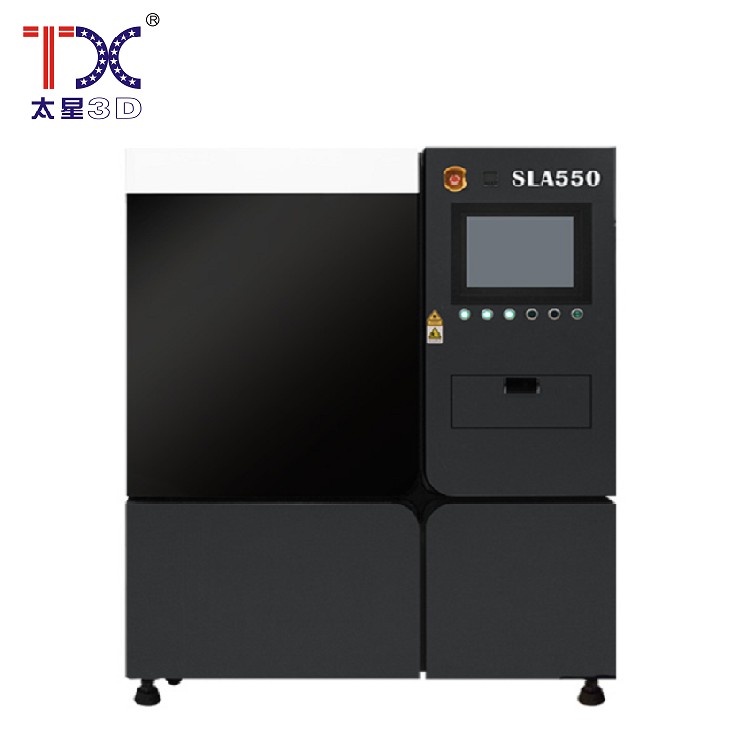 Taisin Light-adoptive 3D printer SLA550
Taisin Light-adoptive 3D printer SLA550 -
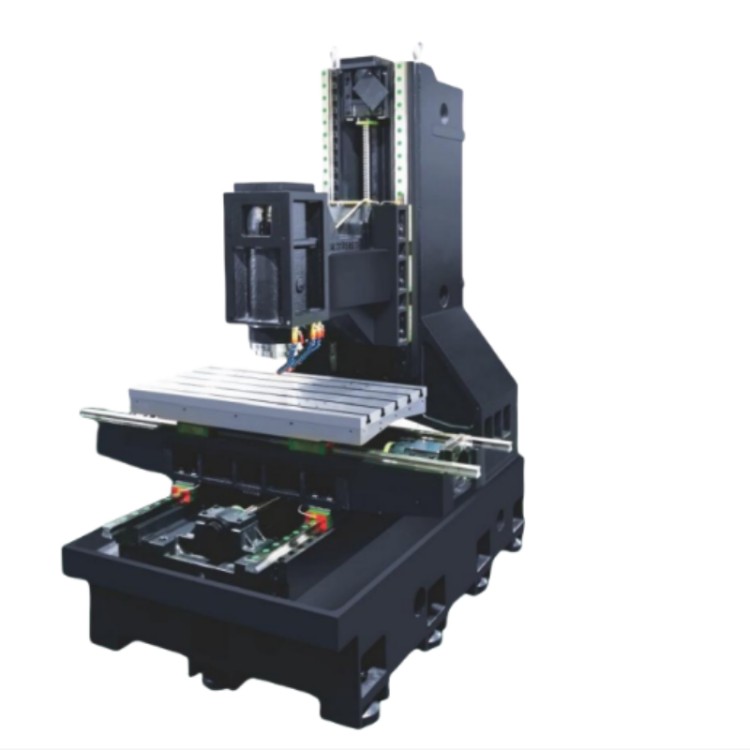 Taisin three-wire rail molding machine of high stiffness TX-6027
Taisin three-wire rail molding machine of high stiffness TX-6027 -
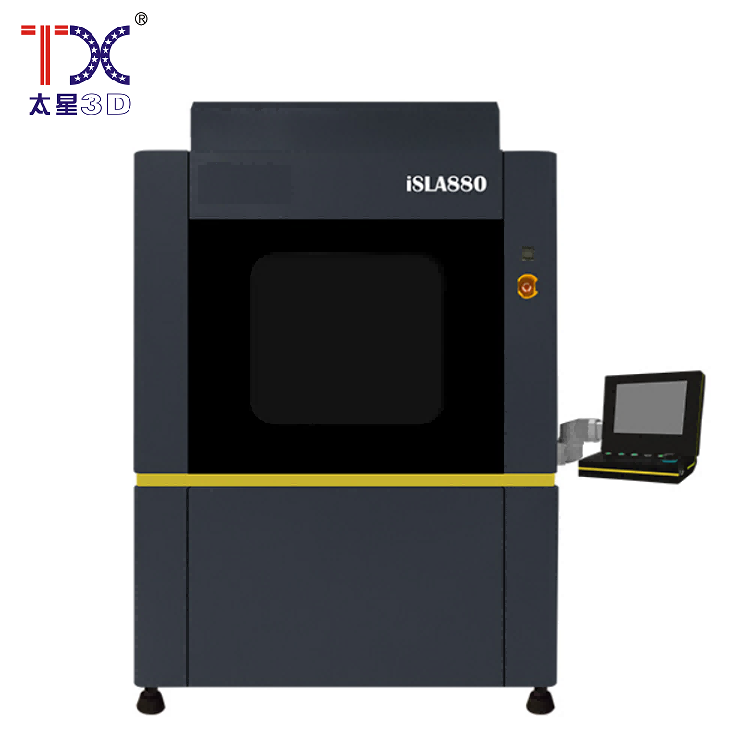 Taisin Light-adoptive 3D printer SLA880
Taisin Light-adoptive 3D printer SLA880 -
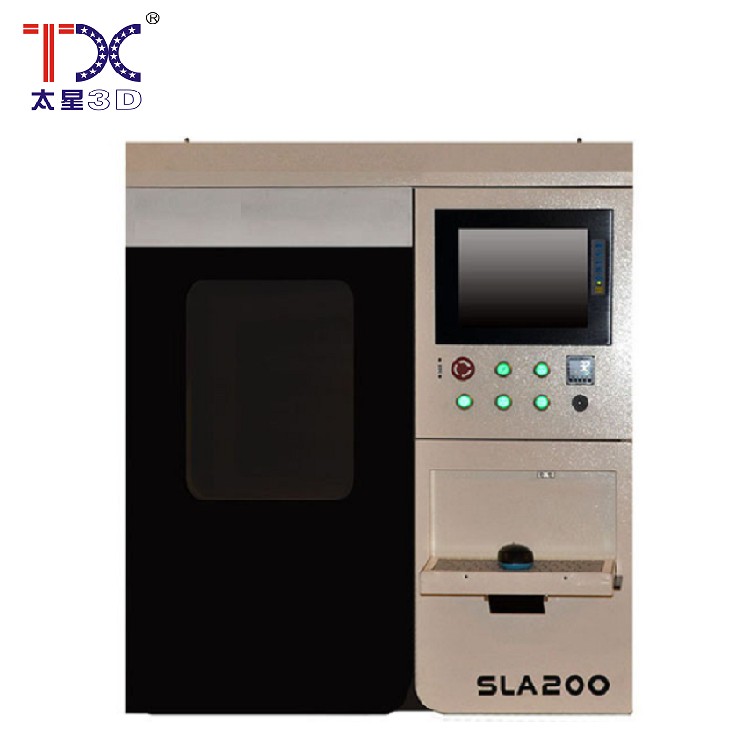 Taisin Light-adoptive 3D printer SLA200
Taisin Light-adoptive 3D printer SLA200 -
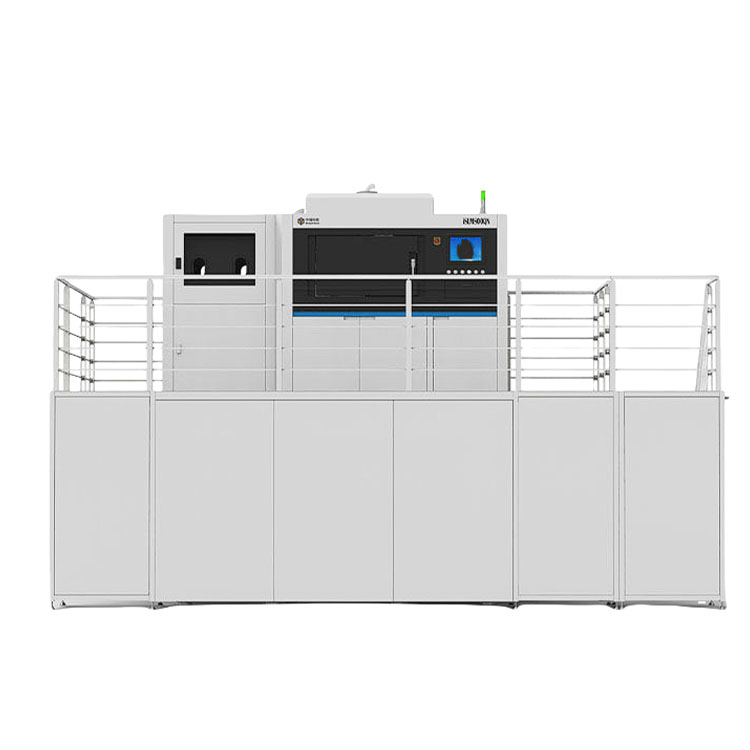 Taisin Metal 3D printer ISLM600QN
Taisin Metal 3D printer ISLM600QN -
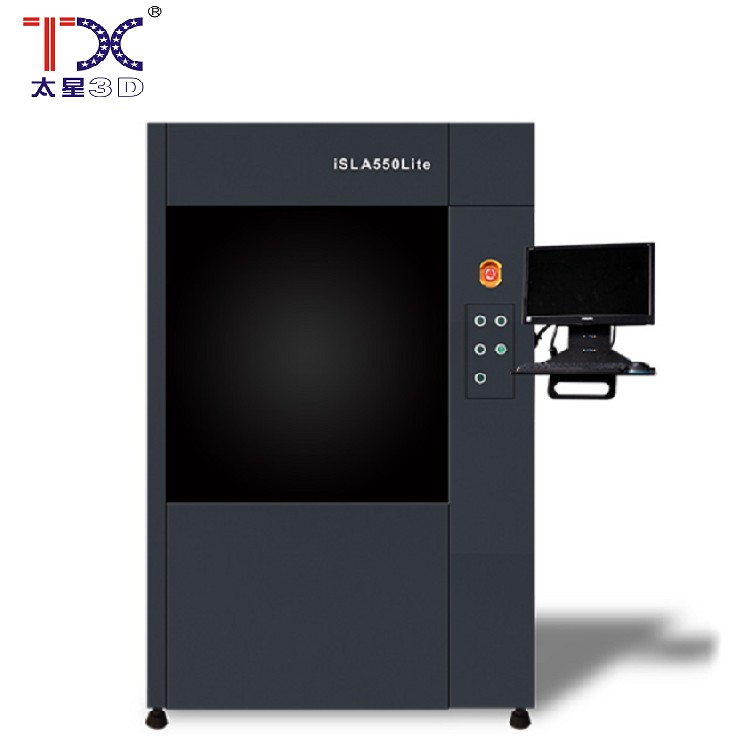 Taisin Light-adoptive 3D printer SLA550Lite
Taisin Light-adoptive 3D printer SLA550Lite -
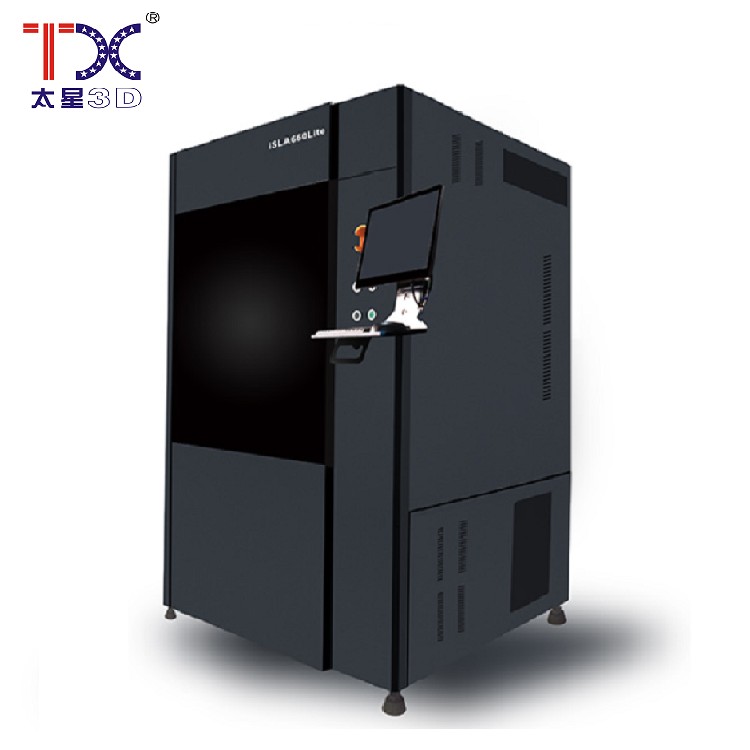 Taisin Light-adopted 3D printer SLA660Lite
Taisin Light-adopted 3D printer SLA660Lite -
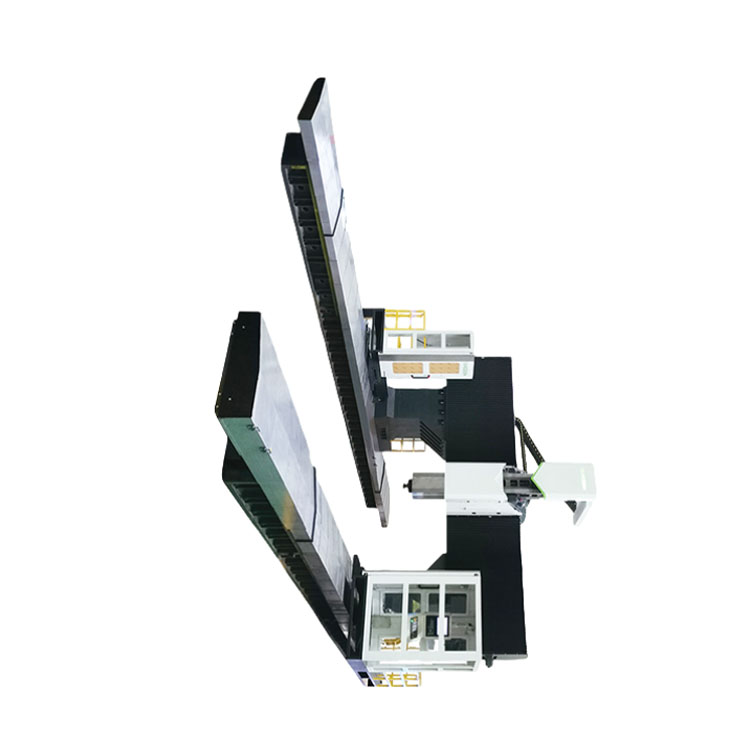 Taisin Pyatioseva CNC processing center for machining TXMT-21042
Taisin Pyatioseva CNC processing center for machining TXMT-21042 -
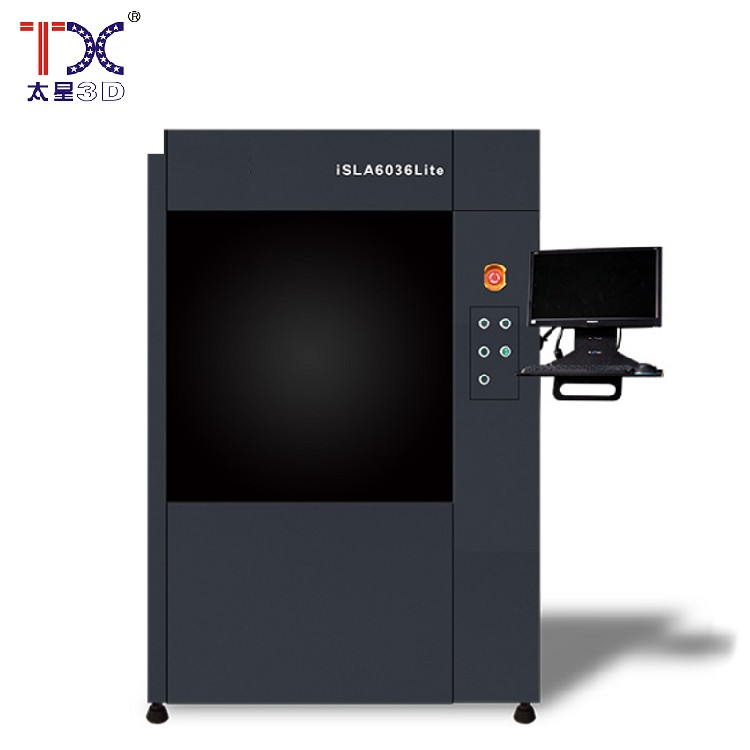 Taisin Light-adopted 3D printer SLA6036
Taisin Light-adopted 3D printer SLA6036 -
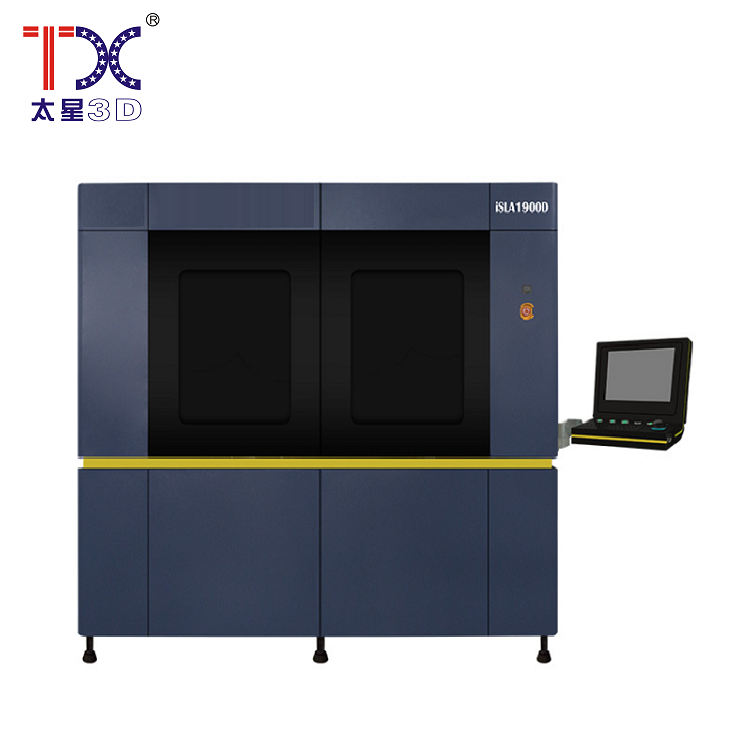 Taisin Light-adoptive 3D printer SLA1900D
Taisin Light-adoptive 3D printer SLA1900D -
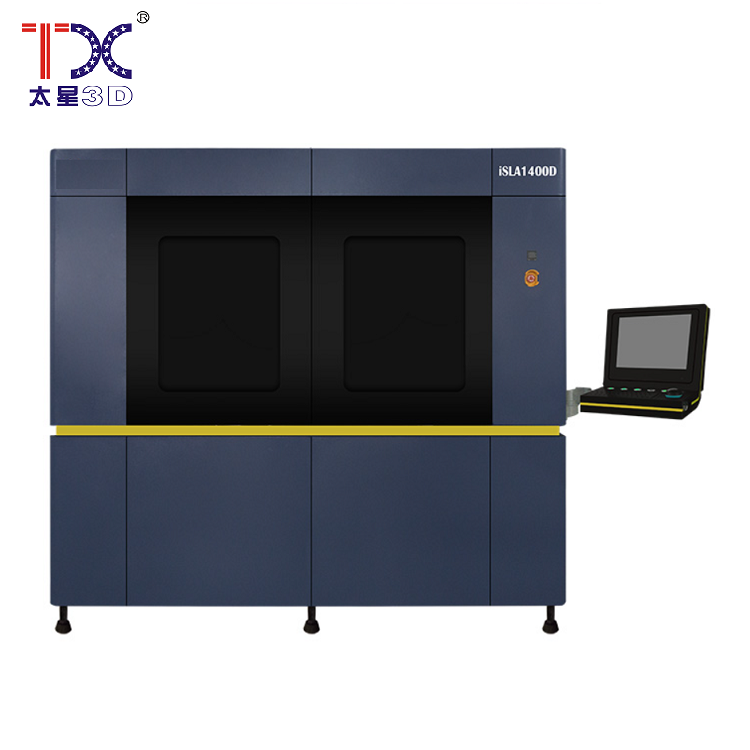 Taisin Light-adopted 3D printer SLA1300D
Taisin Light-adopted 3D printer SLA1300D -
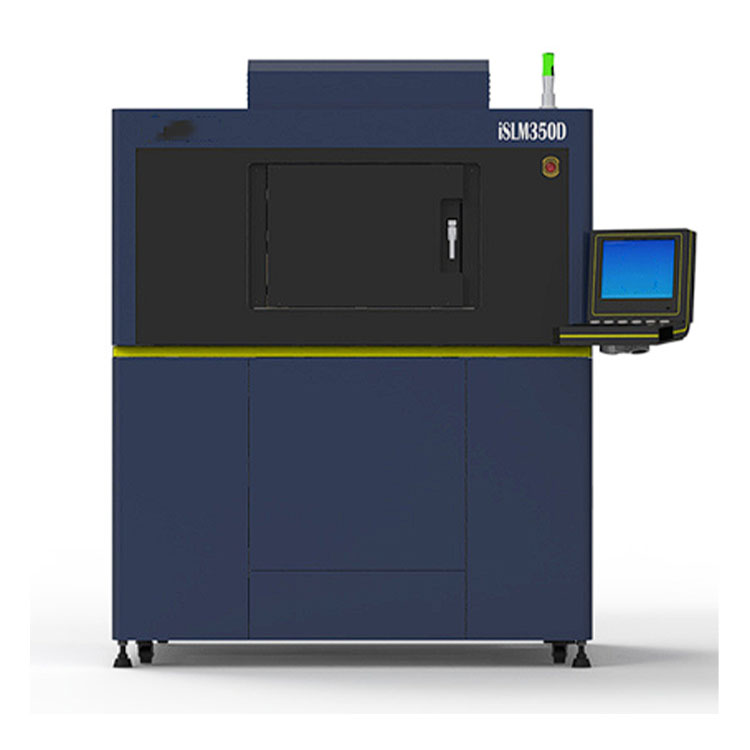 Taisin Metal 3D printer ISLM350D
Taisin Metal 3D printer ISLM350D
Connectedsearch
Related search- Chinese manufacturers of CNC machines with axis Z
- Chinese plant of a five -axis milling machine with CNC
- Chinese suppliers Sketchup
- CNC with an axis z z z
- Cheap suppliers of a 5-axis milling machine
- 3D scanning and printing factories in China
- China Plant of 5-axial solutions of CNC machines
- Cheap small 5 axes of the CNC factory CNC
- Cheap industrial 3D printers suppliers
- Cheap suppliers of a 4-axis processing center with CNC
